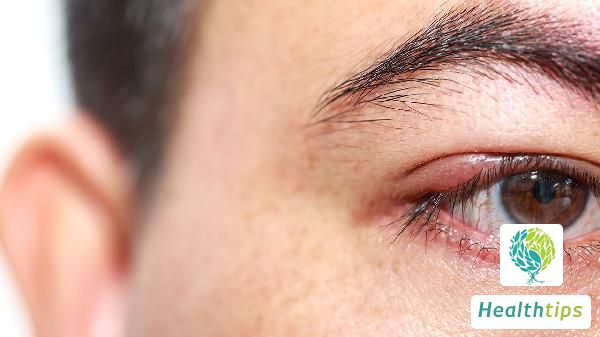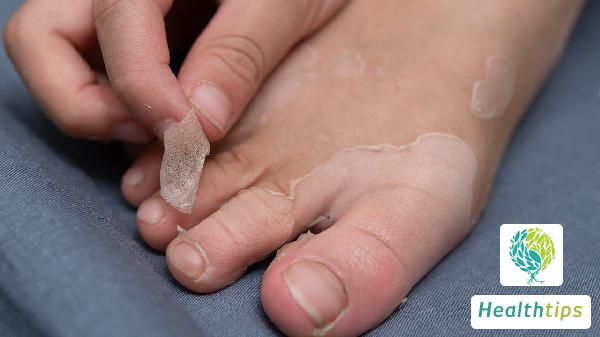How to Treat Lumbar Disc Bulge?
Lumbar disc herniation is a stubborn disease. Once suffering from it, it will not only affect the patient's physical health, but also affect their daily life, especially daily walking. Generally, lumbar disc herniation is more common in middle-aged and elderly people. As the elderly age, various bodily functions decline, making them a high-risk group for lumbar disc herniation. There are many methods for treating lumbar disc herniation. What are the folk remedies for lumbar disc herniation? Folk remedies for lumbar disc herniation can only relieve pain symptoms and cannot treat lumbar disc herniation. Therefore, when treating lumbar disc herniation, it is recommended not to believe in folk remedies and seek professional medical treatment in a formal hospital.

Massage therapy can help relieve lumbar disc herniation. You can choose to go to the hospital for massage or go to a massage room. Tell the therapist about your symptoms for targeted massage. Here are some specific steps:
- Massage the bilateral lumbar muscles to reduce muscle tension.
- Use a rubbing technique to massage the waist, thighs, and calves to improve blood flow.
- Push the sides of the spine and hips with the palm of your hand to relax the lumbar muscles.
- Pinch the quadriceps muscles with your fingers to increase muscle tension.
- Press acupoints in the waist, such as Chengfu, Fengshi, Yinmen, Yanglingquan, Yongquan, and Weizhong, to enhance neural function.
Acupuncture treatment for lumbar disc herniation is guided by traditional Chinese medical theory. Acupuncture and moxibustion are used to stimulate relevant acupoints to relieve symptoms. Acupuncture can effectively unblock the meridians in the waist, relieve muscle spasms, and improve numbness in the limbs. It is a good choice for lumbar disc herniation and can be performed in the traditional Chinese medicine department of a hospital. Avoid seeking treatment from unlicensed practitioners.
Exercise can also help relieve symptoms of lumbar disc herniation. Strengthening abdominal muscles, doing sit-ups, twisting the waist, and engaging in other similar exercises can be beneficial. Dietary adjunctive treatment can also be helpful. Eating foods that are beneficial for relieving lumbar disc herniation, such as pork loin, jujube, mutton, sesame, dog spine, pig tail, seaweed, lychee, and raw leeks, can provide additional support.
Surgical treatment for lumbar disc herniation carries certain risks and may be associated with complications. Therefore, it is recommended to carefully consider this option. If surgery is chosen, it is important to follow postoperative care instructions, including resting in bed, engaging in exercise, and avoiding heavy physical labor.



















